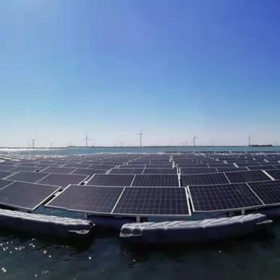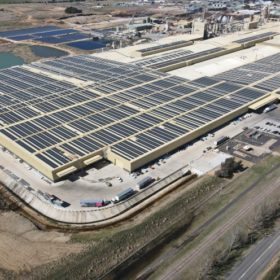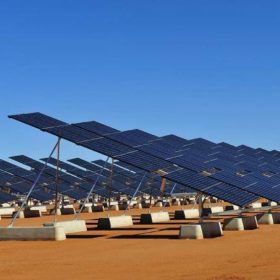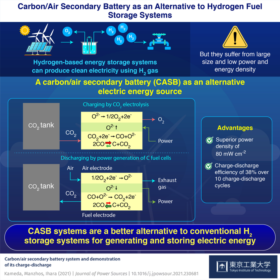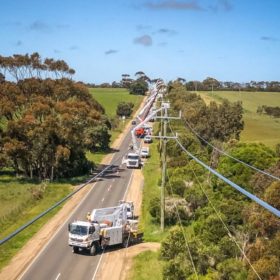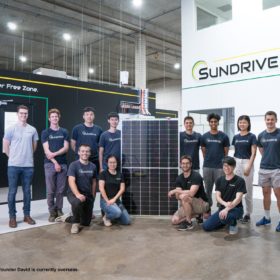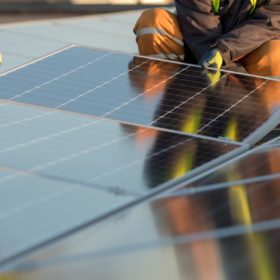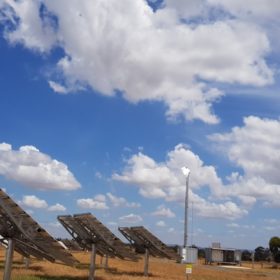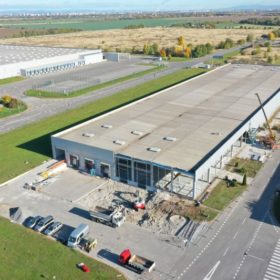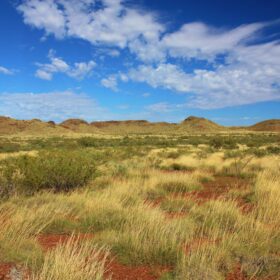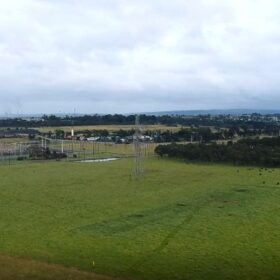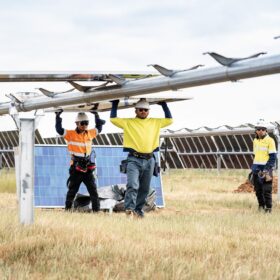World’s largest floating PV plant goes online in China
Huaneng Power International has switched on a 320 MW floating PV array in China’s Shandong province. It deployed the plant in two phases on a reservoir near its 2.65 GW Dezhou thermal power station.
Construction begins on 500MW solar park in the Philippines
The solar park is part of a 1GW portfolio of unsubsidised PV projects. Completion is scheduled for 2023.
Australia’s ‘largest’ rooftop solar system set to be switched on
Australia’s largest roof-mounted solar PV system – featuring an incredible 27,000 panels spread across almost 8 hectares of rooftop – is nearing completion with the massive 10 MWdc system set to commence operation this week.
Korea minerals giant scoops up 9 GW Australian renewables portfolio
The Australian clean energy arm of the world’s largest zinc, lead, and silver producer has snapped up Sydney-based renewable energy developer Epuron in a deal that will give it access to a potential 9 GW of wind and solar PV generation.
Carbon-air batteries vs hydrogen storage
Researchers from Tokyo Tech have developed an alternative to hydrogen energy storage which is smaller in size and more efficient. The system utilises carbon as an energy source and demonstrates superior power density and charge-discharge efficiency of 38% over 10 cycles.
Cash for Christmas – Spark Infrastructure sale finalised in $5.2b all-cash transaction
Following approval from the Foreign Investment Review Board in November, the long-awaited sale of grid-operator Spark Infrastructure to a North American consortium led by private equity giant Kohlberg Kravis Roberts has been completed via a $5.2 billion “all-cash transaction”.
Promising Sydney startup SunDrive fabricates its first full-sized panel
World beating Sydney-based startup SunDrive has given itself an early Christmas present in the form of the fabrication of its first full-sized panel. This panel marks the most recent milestone on the road to commercialisation for SunDrive, which set a new world record for commercial-sized silicon solar cell efficiency in September.
Installers to play key role in UNSW solar module recycling strategy
Solar installers are to play a key role in a unique ‘reverse logistics’ model which researchers from the University of New South Wales believe can help deliver an economically viable national recycling strategy as the number of decommissioned solar PV modules coming off Australian rooftops continues to grow.
Photon offloads solar farm to focus on ‘solar-hydro’ technology in Australia
Netherlands-based renewables developer Photon Energy has reaffirmed its commitment to Australian tech company RayGen Resources’ innovative ‘solar-hydro’ technology, offloading its majority stake in the 160 MWdc Maryvale Solar Farm so it can focus its future development activities in Australia on large-scale projects featuring the solar-plus-storage technology.
Rio Tinto targets European EV market for $2.4 billion lithium project
Anglo-Australian multinational Rio Tinto has invested in European-based battery technology and manufacturing company Inobat Auto with the mining giant aiming to extend its operations throughout the electric vehicle battery value chain in Europe.
